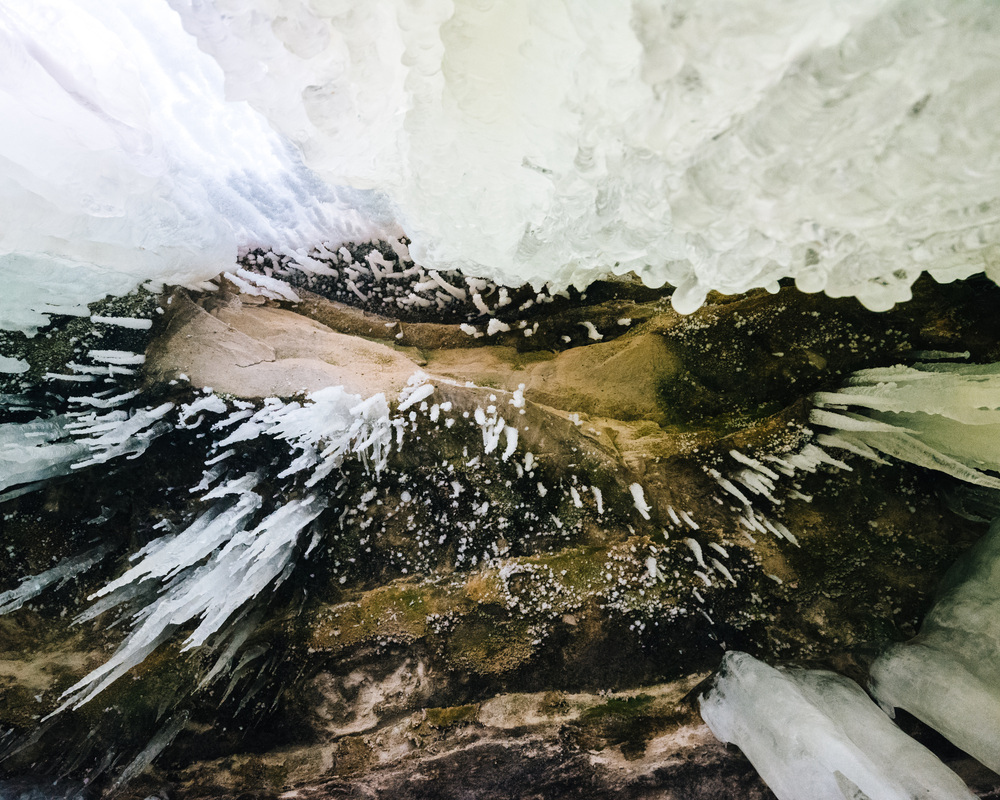PerceptionLorem ipsum dolor sit amet, consectetur adipiscing elit, sed do eiusmod tempor incididunt ut labore et dolore magna aliqua. Ut enim ad minim veniam, quis nostrud exercitation ullamco laboris nisi. Sed ut perspiciatis unde
omnis iste natus error sit voluptatem accusantium doloremque laudantium
|
|
|
Selective attention |
when senses collide |
A "Penrose stairs" optical illusion
visual perception |



